FS Colour Series: Monument inspired by Gustave Caillebotte’s Cold Silver
The cold, silvery hue of MONUMENT Linen flooded across French Impressionist Gustave Caillebotte’s Parisian scenes, capturing the shimmering, majestic grandeur of the newly built city. Fascinated by photography, Caillebotte invested the same dazzling qualities of light into his canvases, letting surfaces glisten and reflect with a mirror-like sheen. Refined, sophisticated grey and silver tones were his preferred palette, reflecting the glossy stone, polished surfaces and heavy metals of the refurbished Parisian cityscape that was rising all around him.
Caillebotte was born to a wealthy family in Paris in 1848, forming a lifelong bond with the city he grew up in. Taking a less direct route into art, he initially studied law and engineering before being drafted to fight in the Franco-Prussian War from 1870-71. It was after his traumatic wartime experiences that he turned to art, studying at the studio of Leon Bonnat before entering the Ecole des Beaux Arts. As a young artist, Caillebotte befriended artists from the burgeoning Impressionist group including Edgar Degas, Auguste Renoir and Claude Monet. Though his methods for painting remained more lifelike and photographic, he shared with them a mutual fascination with the changing cityscape of Paris, and a desire to paint ordinary life, rather than the idealised scenes of previous generations. In later years, Caillebotte inherited his family’s vast wealth in the 1880s and was able to take up a role as arts patron for the Impressionist group, buying many of their paintings so they could afford to keep going.
But it was Caillebotte’s famous painting of The Floor Scrapers, made in 1875, that attracted the most admiration from the Impressionist group. Having had the work rejected from the traditional Parisian Salon, the radical Impressionists invited him to exhibit the work with them in their second show of 1876, where it became a major talking point, dividing opinions amongst art critics. Detractors accused his ordinary, realist subject for being too crude and frank, while admirers praised its truth and intimacy. The simplified colour scheme of pale, fawn browns and silvery greys are enlivened by white, diffused light, which floods in through the ornately patterned windows and casts a metallic sheen across the floor. Caillebotte finds arresting, spiritual beauty in the men’s painful, back-breaking labour, a reminder of the value in honest hard-work.
Setting a precedent with this early work, Caillebotte continued to explore the humble beauty of ordinary life with the same subtle, shimmering colour schemes. In the quietly intimate Young Man Playing the Piano, 1876, soft, dappled light bleeds in through diaphanous curtains, while the young man before them is cast into a cool grey silhouette, as motionless and serene as a stone statue as he contemplates his next move.
Along with his tranquil, interior scenes, Caillebotte was fascinated by the changing face of Paris as smart new streets, bridges, cafes and parks slowly unravelled around him. Observing these changing with his sensitive eye, he made rapid studies on location, to be worked up into oil paintings in the studio. Study for Le Pont de l’Europe, 1876, was made in preparation for a larger canvas, observing wealthy Parisians dressed in silvery shades of grey as they meander across the grand, newly built bridge, whose heavy metallic structure glints in the slatted light.
The House Painters, made a year later in 1877, is more modest, as workmen on a shabbier side of town are suspended mid-moment, reflecting on their modest renovation work. Muted shades of grey cover the men’s rumpled clothing, falling into deeper shadows across the boarded building façade, where anticipation and possibility lurk in the shadows. But in perhaps his most famous painting ever made, Paris Street, Rainy Day, 1877, the shimmering hope of prosperous modernity shines out, as smartly dressed Parisians meander the grand boulevards, and grey, rain-soaked cobblestones are as glossy and mesmerising as polished silver.
FS MONUMENT Softened 100% Linen comes in Mid and Heavy Weight





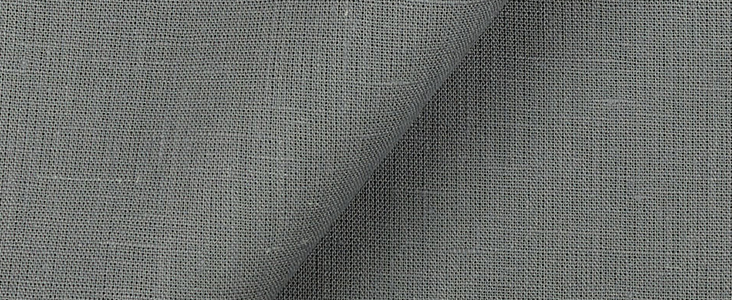
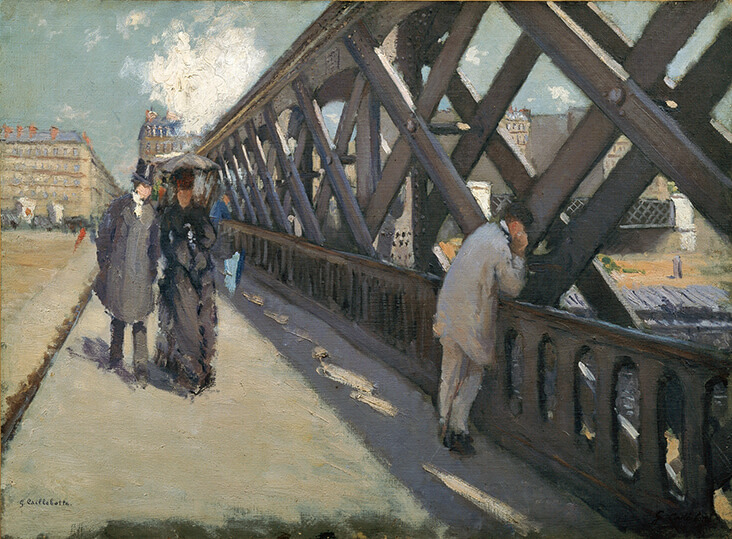
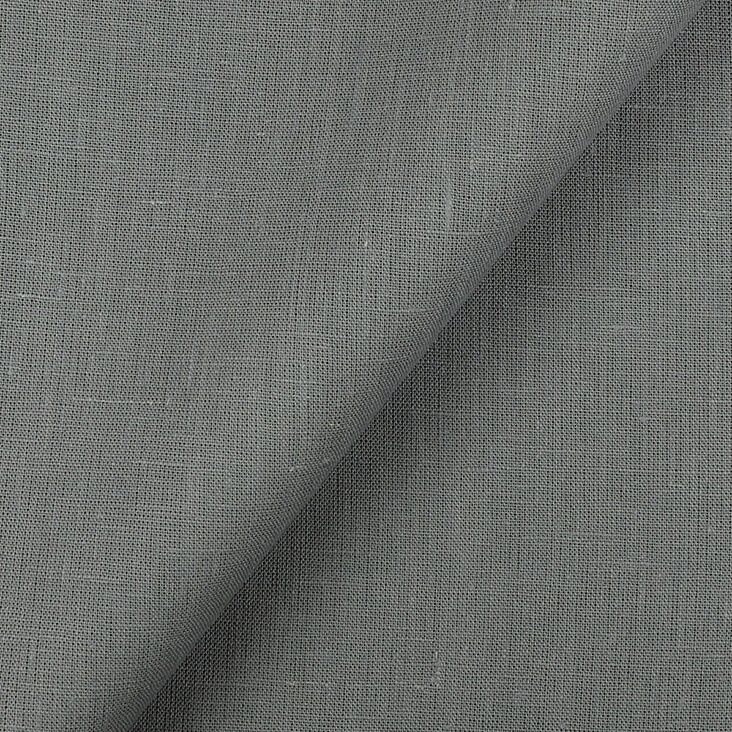
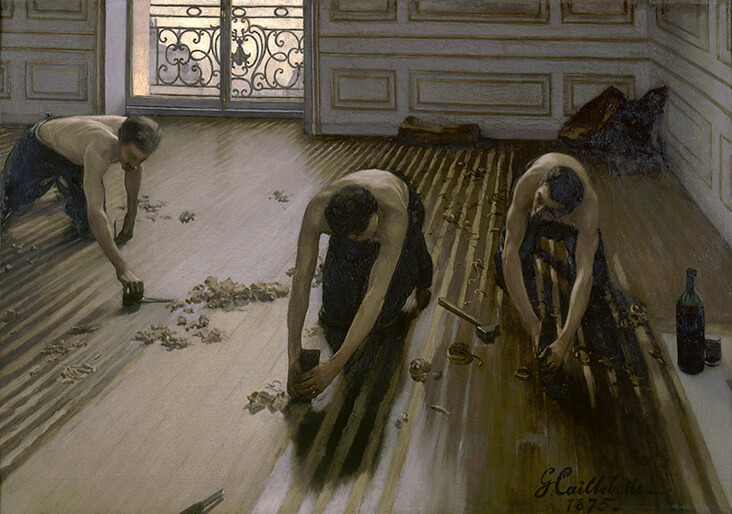
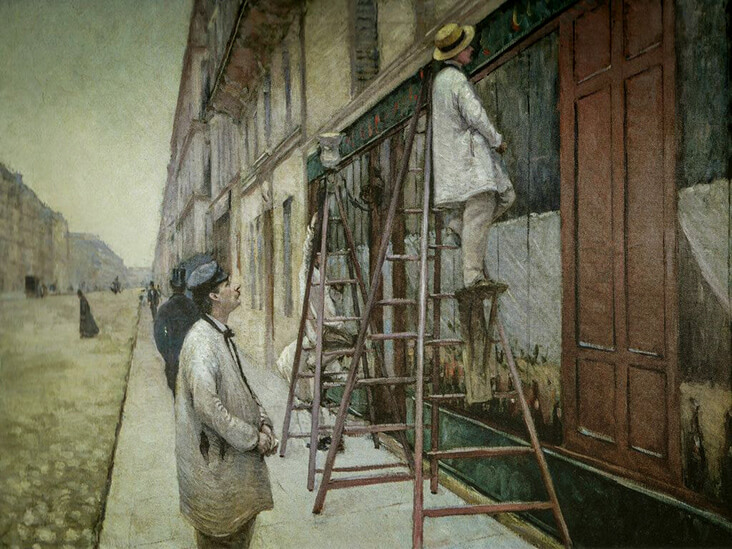




















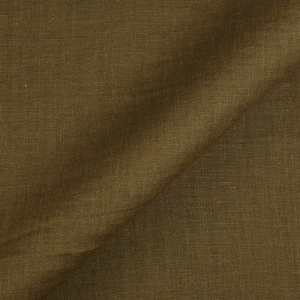
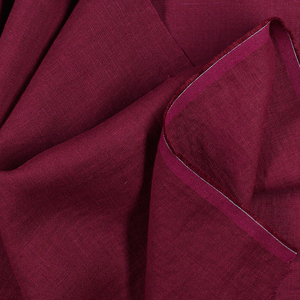

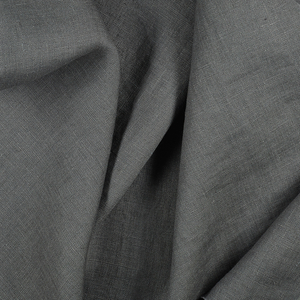
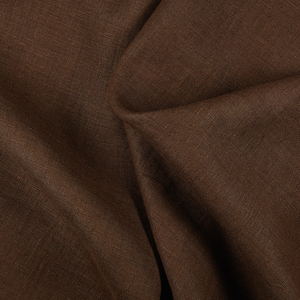


















One Comment
Vicki Lang
What telling paints of everyday work. And the monument color is a beautiful shade of grey. A great base for numerous accent colors.